Shinya Yamanaka: Pioneering the Pathway to Cellular Rejuvenation
In the annals of modern scientific achievement, few names resonate as profoundly as that of Shinya Yamanaka. The Japanese stem cell researcher and Nobel Laureate, renowned for his groundbreaking work in cellular reprogramming, has transformed our understanding of cell biology and rejuvenation, offering profound implications for the future of medicine.
A Journey from Kyoto to Global Recognition
Born in Osaka, Japan, on September 4, 1962, Shinya Yamanaka's journey to scientific stardom was neither straightforward nor predetermined. Initially setting out on a path to become an orthopedic surgeon, Yamanaka found that his physical abilities were not suited for the demands of surgery. This realization led him to pivot toward research, a decision that would eventually revolutionize the field of regenerative medicine.
After completing his medical degree at Kobe University, Yamanaka pursued a doctorate in pharmacology at Osaka City University. His early career was marked by a series of postdoctoral research positions that provided him with the diverse expertise necessary for his future breakthroughs. His time at the Gladstone Institutes in San Francisco, USA, was particularly influential. It was here that Yamanaka's fascination with cellular mechanisms and genetic reprogramming began to take shape, setting the stage for his pioneering work.
The Revolutionary Concept of Induced Pluripotent Stem Cells
In the mid-2000s, as stem cell research burgeoned, the ethical implications and limitations of using embryonic stem cells became a hot topic in scientific discourse. Yamanaka sought an alternative approach that could bypass these ethical concerns while still harnessing the regenerative potential of stem cells. His solution would not only sidestep ethical debates but would also offer a more practical method for obtaining versatile cells capable of transforming into any cell type.
In 2006, Yamanaka and his team at Kyoto University achieved a breakthrough when they successfully reprogrammed adult mouse skin cells to become induced pluripotent stem cells (iPSCs). By introducing a specific combination of four transcription factors, often referred to as the "Yamanaka factors"—Oct4, Sox2, Klf4, and c-Myc—his team demonstrated that adult somatic cells could be reverted to an embryonic-like pluripotent state. This pivotal discovery unveiled the potential of reusing adult cells, practically turning them back into any cell type required for regenerative therapy, disease modeling, or drug testing.
The Nobel Prize and Beyond
The significance of Yamanaka's achievement was recognized globally, and in 2012, he was awarded the Nobel Prize in Physiology or Medicine, shared with John B. Gurdon, whose earlier work on nuclear transfer in frogs laid important groundwork for Yamanaka's research. The Nobel committee acknowledged their breakthroughs in cellular reprogramming, pivotal for the emerging field of regenerative medicine.
Receiving such a prestigious recognition broadened the scope for Yamanaka's work, allowing him to collaborate on numerous research projects worldwide and establish links between various research institutes. Yet, Yamanaka remains grounded in his approach, consistently focusing on translational research that seeks not just to extend the boundaries of human knowledge, but to deliver tangible medical benefits to society.
Implications and Challenges of iPSCs
The introduction of iPSCs opened new vistas in medical science, particularly regarding personalized medicine and regenerative techniques. Researchers worldwide have embraced iPSC technology to develop patient-specific cell lines that can be used to study genetic diseases, screen drugs, and test new therapies without the ethical concerns associated with embryonic stem cells.
Moreover, iPSCs have redefined the possibilities in regenerative medicine. The potential to regenerate damaged tissues or develop cell-based therapies for a range of conditions—from neurodegenerative disorders like Parkinson's and Alzheimer's to heart disease and diabetes—is now a tangible goal for researchers and clinicians. However, these remarkable advancements come with their own set of challenges.
One significant hurdle is ensuring the safety and stability of iPSCs when used in clinical applications. The risk of tumorigenesis, where induced cells could potentially develop into cancer, remains a critical concern. Furthermore, the efficiency and reproducibility of generating high-quality iPSCs still pose obstacles to be overcome before widespread clinical application can be safely achieved.
In this rapidly evolving field, Shinya Yamanaka continues to work alongside a global network of scientists, seeking solutions to these challenges while advancing our understanding of cellular mechanics. His legacy is not only sculpting the future of stem cell research but also inspiring countless researchers to pursue transformative discoveries in biotechnology.
Expanding Horizons: iPSCs in Disease Modeling and Drug Discovery
One of the most exciting applications of induced pluripotent stem cells (iPSCs) discovered by Shinya Yamanaka is their role in disease modeling. Given that iPSCs can be generated from any individual's somatic cells, they present a unique opportunity to study diseases at the cellular level. Researchers use iPSCs to recreate disease conditions in vitro, allowing them to observe the progression of diseases like amyotrophic lateral sclerosis (ALS), Alzheimer's, and other conditions that are notoriously difficult to study otherwise.
The power of iPSCs lies in their ability to simulate how diseases affect specific cell types. For example, researchers can turn iPSCs into neurons to study neurological disorders or into cardiac cells to understand heart diseases. This capability has already led to insights that were unattainable with traditional research methods. Moreover, patient-specific iPSCs allow for examination of genetic disorders in a personalized context, facilitating the study of mutations unique to an individual.
In the realm of drug discovery, iPSCs are a game-changer. Before the advent of iPSCs, drugs were tested on animal models or generalized human cell lines, which often failed to accurately predict human responses. Now, using iPSCs, pharmaceutical companies can screen potential drugs on cell lines derived from actual patients, leading to more effective and personalized treatments. This tailor-made approach helps in predicting how a disease might respond to a treatment before it is administered, drastically reducing the risk of adverse reactions.
The Role of iPSCs in Regenerative Medicine
The prospect of regenerative medicine has become increasingly feasible with the advent of iPSC technology. The ability to revert adult cells to a pluripotent state means that scientists can theoretically grow any type of cell, offering revolutionary therapies for conditions that involve tissue damage or loss. For instance, iPSCs could be differentiated into dopamine neurons to replace those lost in Parkinson's disease or used to regenerate damaged cardiac tissue following a heart attack.
Clinical trials are underway worldwide to assess the efficacy and safety of iPSC-based therapies. Early studies have shown promise, particularly in cell replacement therapies for eye diseases such as macular degeneration. In 2014, scientists in Japan conducted the first transplant of retinal tissue derived from iPSCs, marking a significant milestone in the practical application of Yamanaka's research. Although these are early days, the potential applications of such therapies are vast, not only offering a way to treat previously incurable diseases but also providing new insights into human developmental processes.
However, the journey from the lab to the clinic is fraught with complexities. Differentiating iPSCs into the desired cell type is a delicate and intricate process that must be perfected to ensure the functionality and safety of the cells. Additionally, preventing the cells from becoming cancerous remains a primary concern, necessitating rigorous testing and quality control measures.
Continuing the Legacy: Ethical and Social Considerations
While the possibilities presented by iPSCs are groundbreaking, they also prompt significant ethical and social considerations. The ability to potentially regenerate whole organs raises questions about the implications for organ donation, replacement therapies, and perhaps even the extension of human life. Ensuring equity in access to these advanced therapies is another concern, as the high costs of development and treatment could limit their availability to the broader population.
Furthermore, as Yamanaka's discovery continues to inspire novel research avenues, the scientific community remains vigilant regarding the ethical applications of iPSC technology. There is an ongoing dialogue about the implications of manipulating cellular states and the potential for altering human genetics, emphasizing the need for comprehensive ethical guidelines and regulatory frameworks.
Yamanaka himself has consistently advocated for responsible research and transparency in the scientific process. His commitment to ethical considerations reflects a deep understanding of the profound impacts his work could have on society. By fostering international collaborations and leading discussions on the responsible use of iPSC technology, Yamanaka continues to influence the trajectory of stem cell research beyond the confines of the laboratory.
Shinya Yamanaka's Ongoing Contributions
Despite having achieved monumental success, Shinya Yamanaka remains deeply involved in scientific research and education. He serves as the Director of the Center for iPS Cell Research and Application (CiRA) at Kyoto University, where he leads a team of researchers exploring the myriad possibilities of iPSCs. His work continues to bridge academic research with clinical applications, ensuring that scientific discoveries translate into meaningful societal benefits.
Moreover, Yamanaka is actively engaged in mentoring the next generation of scientists. By fostering a culture of curiosity and innovation, he inspires young researchers to explore uncharted territories in stem cell biology and regenerative medicine. His continued dedication to advancing medical science underscores a career characterized by humility, resilience, and an unwavering commitment to bettering the human condition.
In summary, Shinya Yamanaka's contributions to science extend far beyond the discovery of iPSCs. His pioneering work has not only transformed our understanding of cellular reprogramming but also set the stage for revolutionary advances in medicine and biotechnology. As research progresses, the legacy of his discovery will undoubtedly continue to inspire and redefine the boundaries of human knowledge.
The Global Impact of Yamanaka's Work
The ripple effect of Shinya Yamanaka's breakthrough in induced pluripotent stem cells (iPSCs) extends far beyond Japan, influencing the global landscape of regenerative medicine, biotechnology, and pharmaceuticals. As laboratories implement iPSC technology to explore potential cures and treatments for various diseases, international collaborations have flourished, fostering a collective endeavor toward universal health betterment.
Yamanaka's work has sparked a global race to explore new applications for iPSCs. From Europe to North America, Asia to Oceania, researchers are building on his foundation to develop innovative therapies. The potential to create disease models from any individual has led to more nuanced understandings of complex diseases and facilitated rapid advancements in personalized medicine. These efforts underscore a critical shift toward more patient-specific treatments, aiming to increase efficacy and reduce side effects.
Furthermore, Yamanaka's discovery has played a pivotal role in elevating Japan's status as a leader in stem cell research. With significant government investment and the establishment of cutting-edge research institutions like CiRA, Japan is poised to push the boundaries of what's possible in regenerative medicine. This global positioning not only enhances Japan's scientific prestige but also catalyzes collaborative international efforts that drive the field forward.
Future Prospects and Challenges
Looking ahead, the potential applications of iPSCs are boundless, offering hope for advancements in a multitude of fields, including regenerative medicine, oncology, and neurodegenerative disease research. Scientists are actively exploring how iPSCs can contribute to creating biologically accurate models for drug testing, reducing reliance on animal models, and even designing personalized drugs tailored to individual genetic profiles.
One prospective application garnering attention is the development of organoids—miniature, simplified versions of organs grown from iPSCs. Organoids hold promise for modeling diseases, understanding complex biological processes, and potentially growing functional organs for transplantation. As research progresses, the challenge lies in scaling these technologies for widespread clinical use, ensuring that the benefits reach diverse populations across different socio-economic backgrounds.
However, significant challenges persist in the journey from research to real-world application. The complexity of human biology means that translating these discoveries into treatments involves addressing scientific, ethical, and logistical hurdles. Issues such as ensuring the stability and functionality of cells, scaling production methods, and maintaining genetic fidelity during cell reprogramming remain active areas of research.
Shinya Yamanaka: A Symbol of Scientific Perseverance
Yamanaka's journey from a would-be orthopedic surgeon to a Nobel Laureate exemplifies the transformative power of perseverance and curiosity in science. His career is a testament to the interplay of passion, serendipity, and relentless inquiry—a blend that catalyzed a paradigm shift in our understanding of cellular biology.
Beyond his scientific contributions, Yamanaka is celebrated for his humility and dedication to ethical principles. Even as his discoveries garner international acclaim, he remains focused on the collective progress of the scientific community, fostering an environment where cooperation triumphs over competition. His leadership extends beyond academia, impacting policy discussions and informing ethical guidelines around the use of stem cells and genetic technologies.
Aspiring scientists look to Yamanaka not only as a figure of guiding scientific principle but also as a reminder that setbacks and challenges are integral to the discovery process. Through his work, Yamanaka has inspired a generation to pursue path-breaking research, urging them to question existing paradigms and explore uncharted territories.
Conclusion: Yamanaka’s Indelible Legacy
As the frontiers of biotechnology and regenerative medicine continue to expand, Shinya Yamanaka's legacy is solidified in its profound impact on science and society. The advent of iPSCs has opened doors to a new era of medical research and treatment possibilities, fundamentally altering our approach to some of the most challenging diseases facing humanity.
In honoring his legacy, it is crucial to acknowledge the collaborative spirit and ethical commitment that underpin Yamanaka's contributions. His work serves as a beacon of hope that encourages scientific communities worldwide to dedicate themselves to innovative research while navigating the complex ethical landscapes of 21st-century science.
Shinya Yamanaka's contributions illustrate how a single scientific breakthrough can alter the trajectory of human understanding and capability. As his research unfolds in real-time applications, the world watches with anticipation how these advancements will redefine the boundaries of medicine and shape a healthier future for generations to come. The ripple effect of his work reminds us that in the realm of science, future possibilities are as vast as the collective ambition and imagination of those who pursue them.
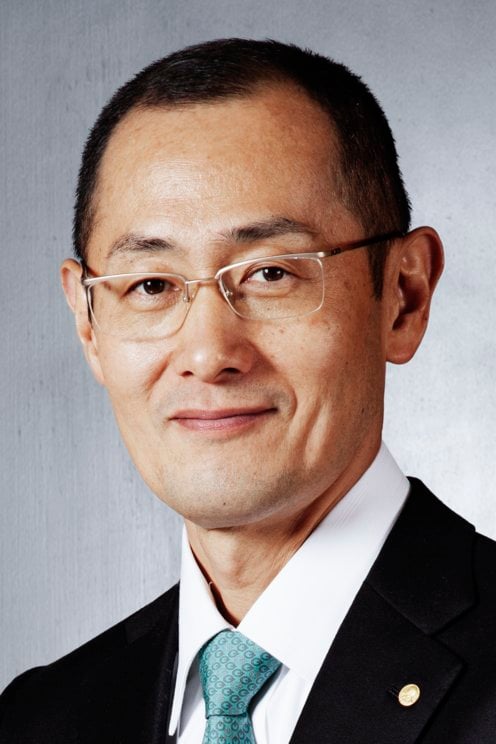

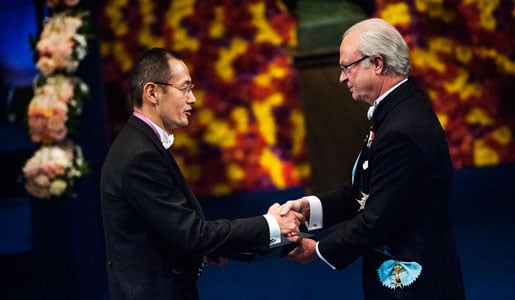
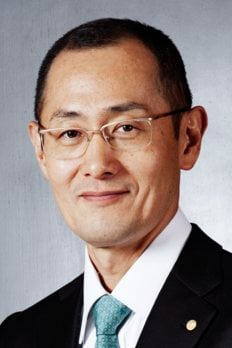






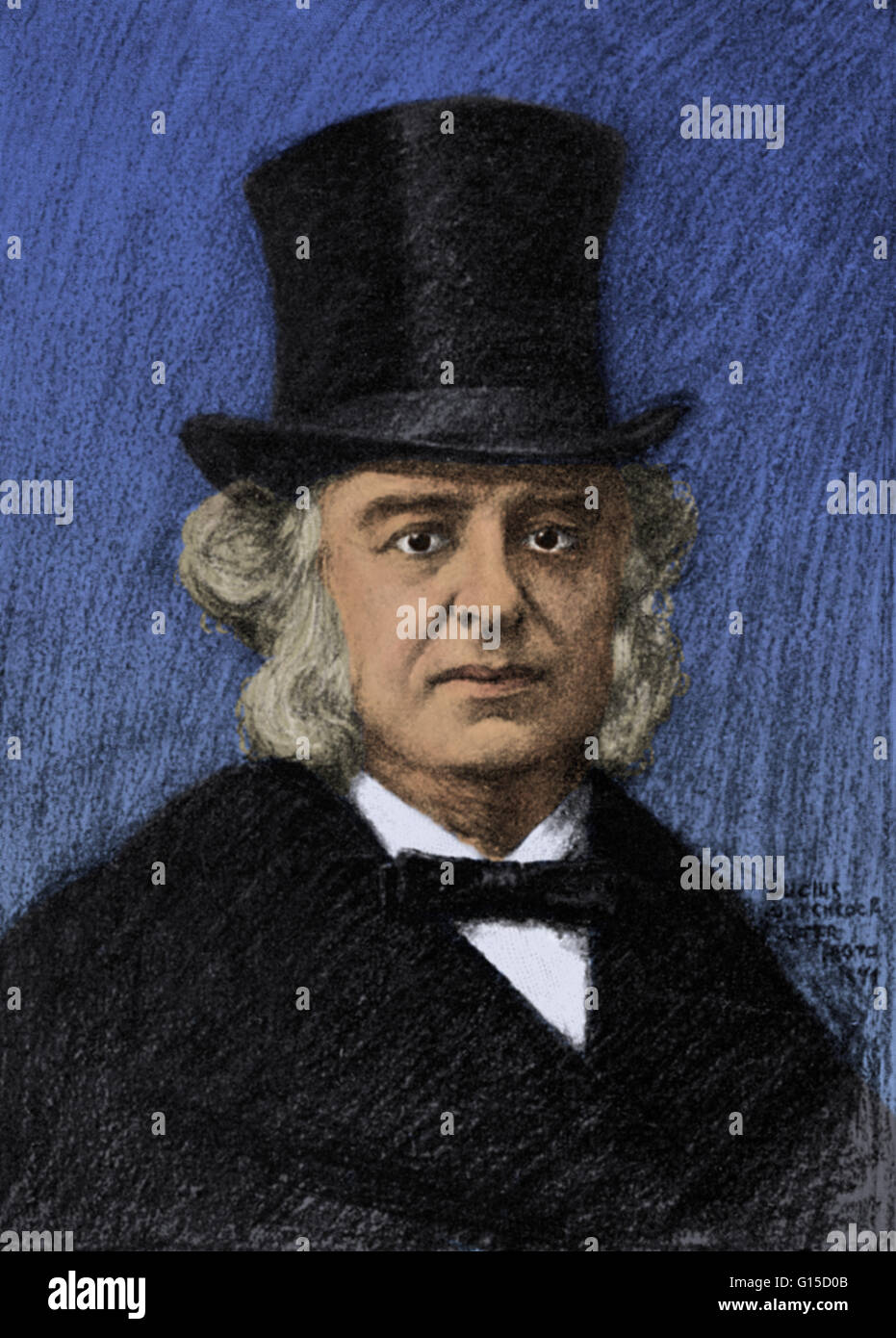







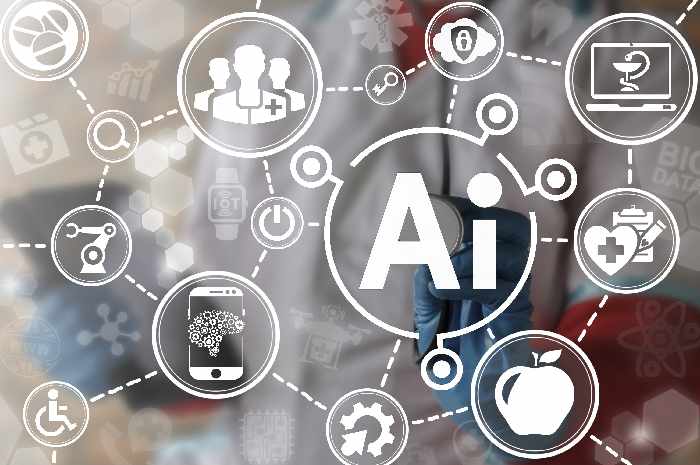





Comments